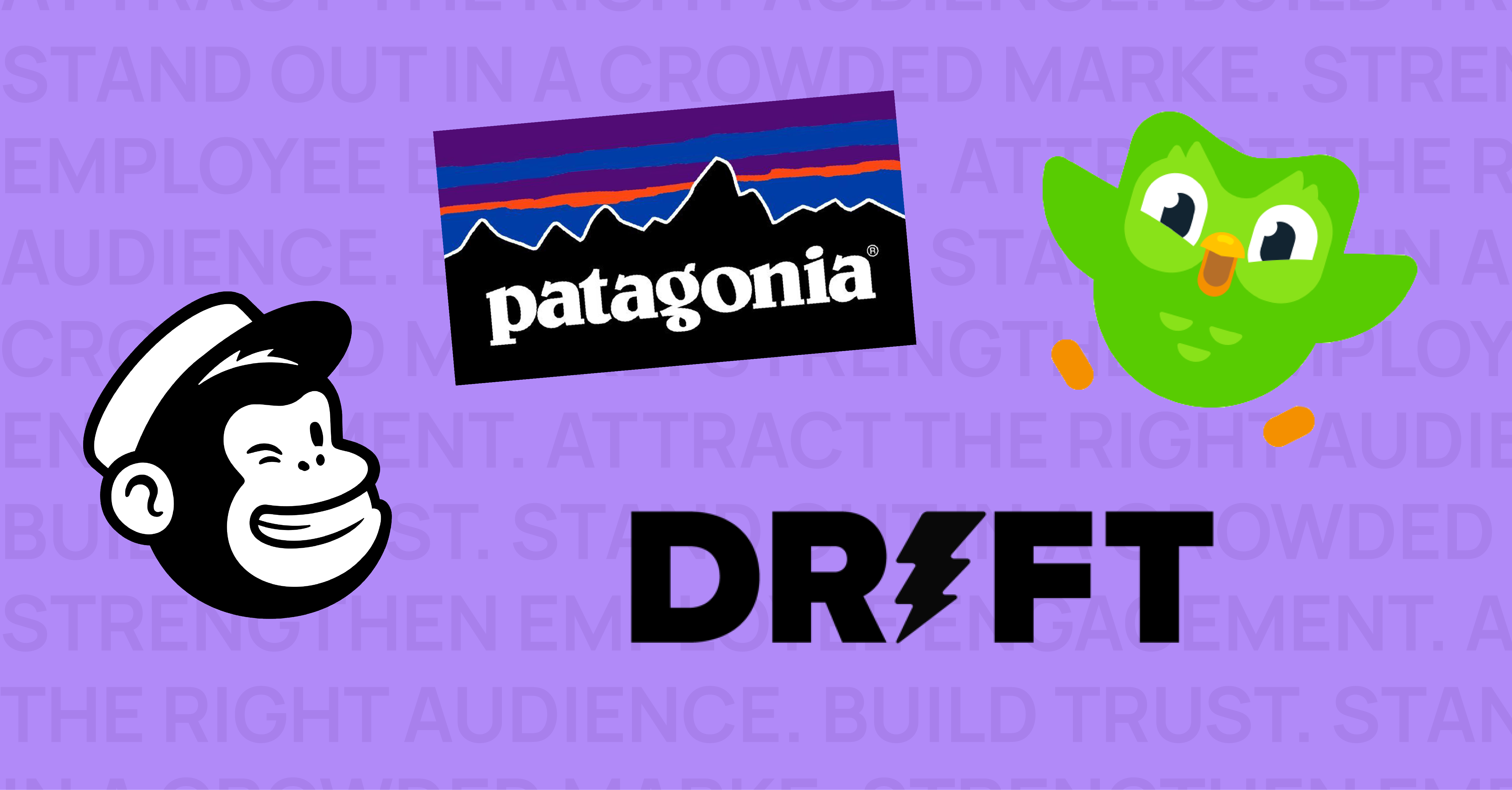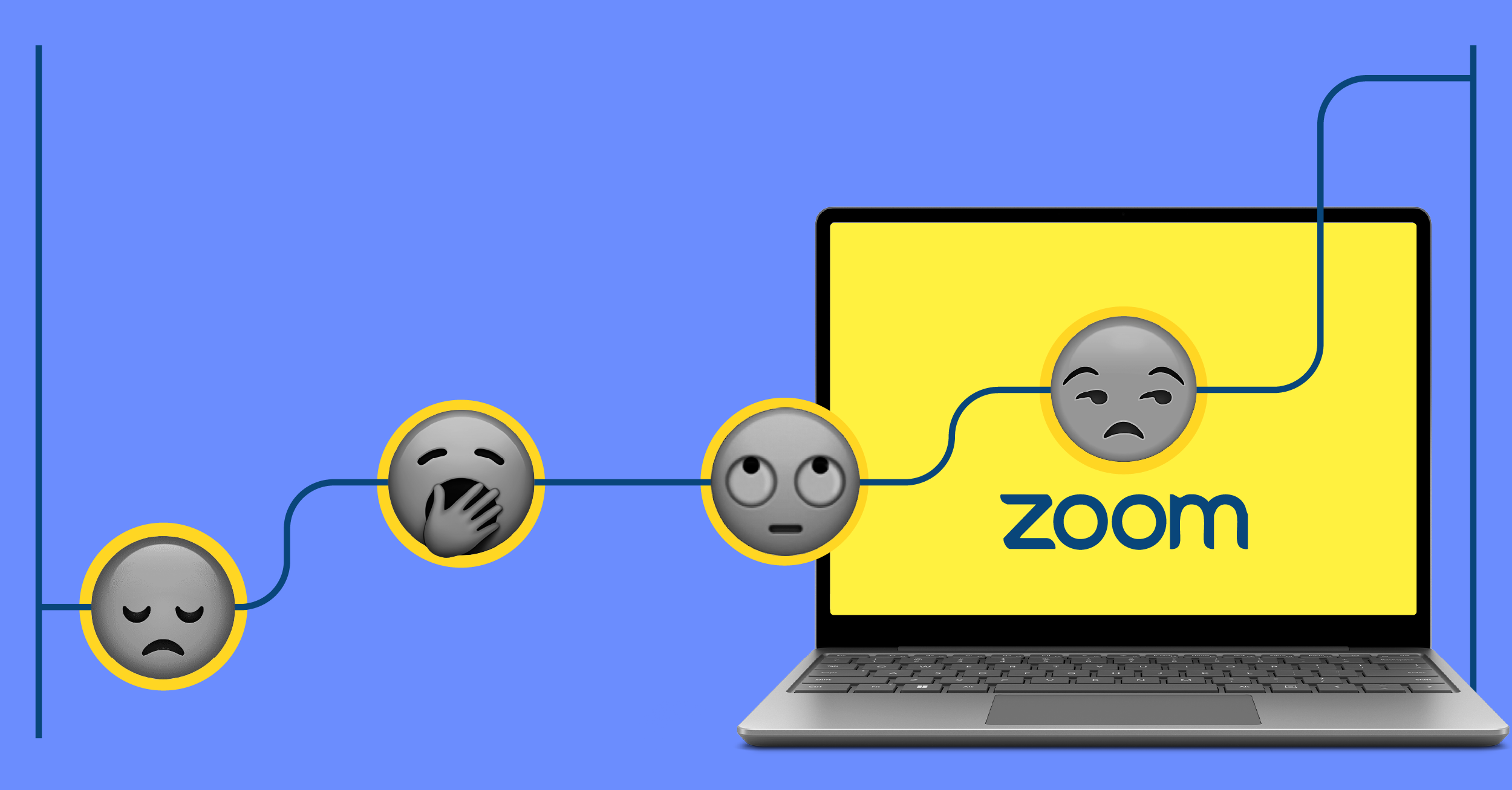The home-delivered subscription service market is feeling boxed in.
In June, retail experts said “subscription fatigue” has taken over the consumer landscape, killing off a plethora of new entrants into the monthly box trend. Yet, just a few weeks before, the market was reported as “more crowded than ever.” So, which is it?
The truth is, like many other industries, it’s both.
Whether there are a few major players or hundreds, every industry goes through the industry lifecycle with businesses coming in and out. As the market matures, the trendy subscription box industry provides lessons for any business on how to attract, retain and provide value to customers for sustained success.
1. Fulfill a Need
Do people need new board games every month? Probably not. Then again, Buffalo Games has six different monthly subscriptions for your puzzling cravings. Needless to say, the monthly puzzle market is still in pieces. (Sorry, we couldn’t help ourselves, but the joke was a fit.)
Back to our topic: the need for monthly subscriptions. Do people need to eat food? Definitely. Hence why the monthly meal kit market has lasted; it fills a basic need, while providing the value of offering a more convenient way to fulfill it. For B2B industries, it’s no different. After all, everyone business is run by people. As an exercise, sit down with your team and try to trace what you offer to your clients back to a need on Maslow’s hierarchy.
2. Solve a Problem
There are needs. And, then there are problems. While new clothes every month are not a necessity, shopping for new clothes can be a drag. By sending new items to customers’ homes, TrunkClub, StitchFix, and others, have aimed to cut back on the 8.5 years of their life the average woman, or man, spends shopping. Any business has to speak to the pain-points of its audience to catch, and keep, their attention.
3. Provide an Equal Trade
Despite being one of the more popular subscription boxes on the market, Blue Apron has a customer retention issue. In a recent survey of Blue Apron’s ex-customers, more than half cited “not getting enough value for their money” as the reason for unsubscribing. No matter the business, clients, and customers should feel that they are receiving just as much, if not more, comparative to what they are shelling out. In B2B industries with bigger deals and more money on the line, the equal trade idea is even more imperative.
4. Lessen the Risk
Birchbox, heralded as one of the champions of the subscription box industry, has built a business out of the “try before you buy” model. By sending small samples of high-end beauty products, the service allows customers to experience products before coughing up the cash. As a result, more than one-third of Birchbox’s revenue comes from customers converting to full-sized cosmetics. In the B2B world, sellers are often asking buyers to dramatically transform their people, processes, or procedures as part of their sales pitch. As a result, the “try before you buy” approach can be an effective way to let prospects dip their toes in the water. From ROI calculators to trial periods to demos, there are countless ways to give prospective clients a sample of full value and leave them wanting more.
5. Personalization & Choice
The good subscription box services start with an assessment to determine the right services and goods. But, the best ones still offer choice. Blue Apron and Hello Fresh let customers select their delivered meal kits from a menu. Birchbox curates four items in a monthly box and lets the customers curate the fifth. By offering personalization and choice, subscription companies are catering to each individual’s needs. Similarly, for B2B transactions, the seller should identify what a buyer needs and structure a relationship that is built around the buyer’s desires. Off-the-shelf products and inflexibility is often a barrier to entry. Whether it be a tiered service offering model or shorter contracts, letting the buyer lead will help keep them engaged and happy.
These lessons from the subscription box industry are applicable to any business. Whether it be a box of goodies or high-end technology, whatever you’re delivering must offer value.



